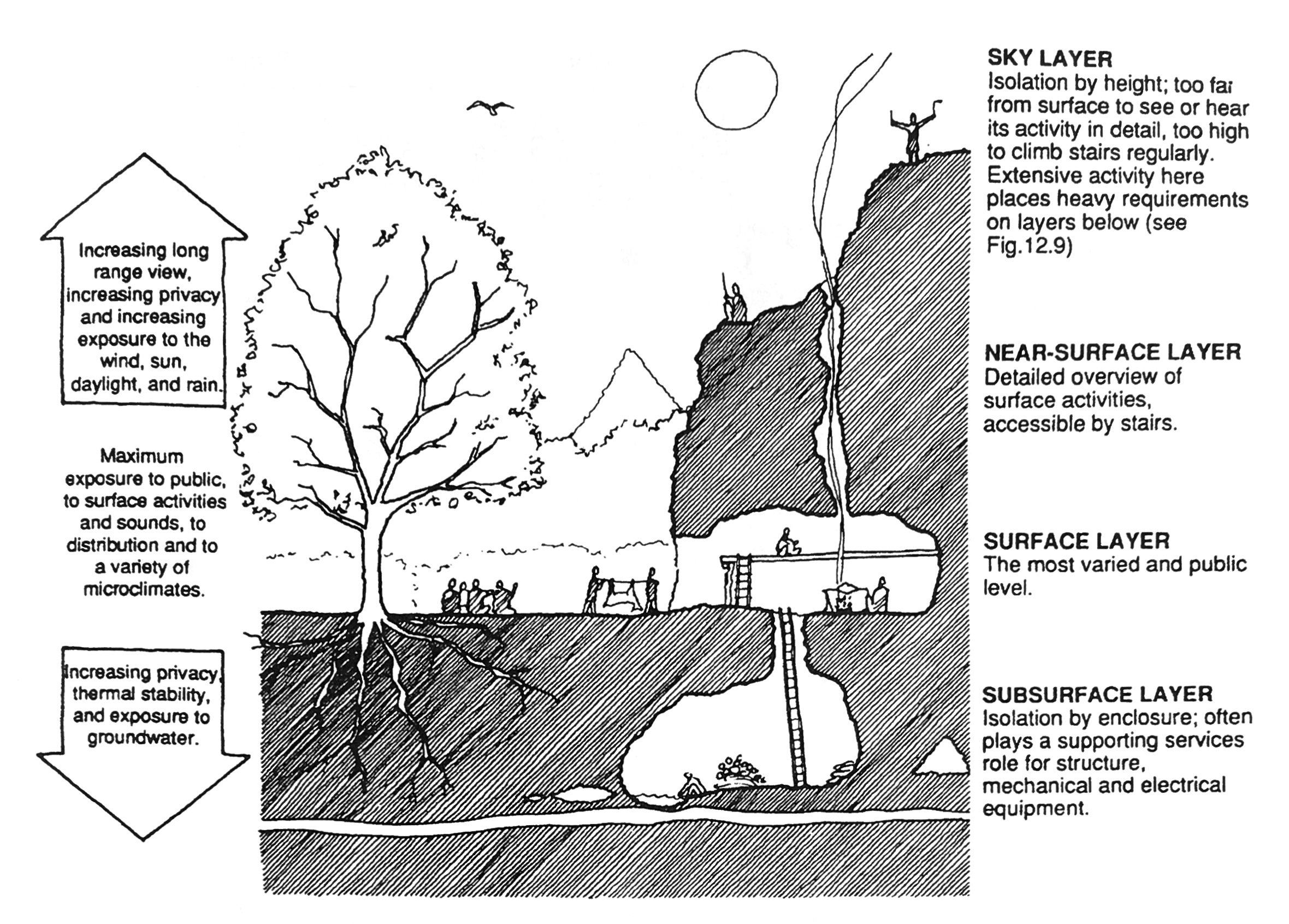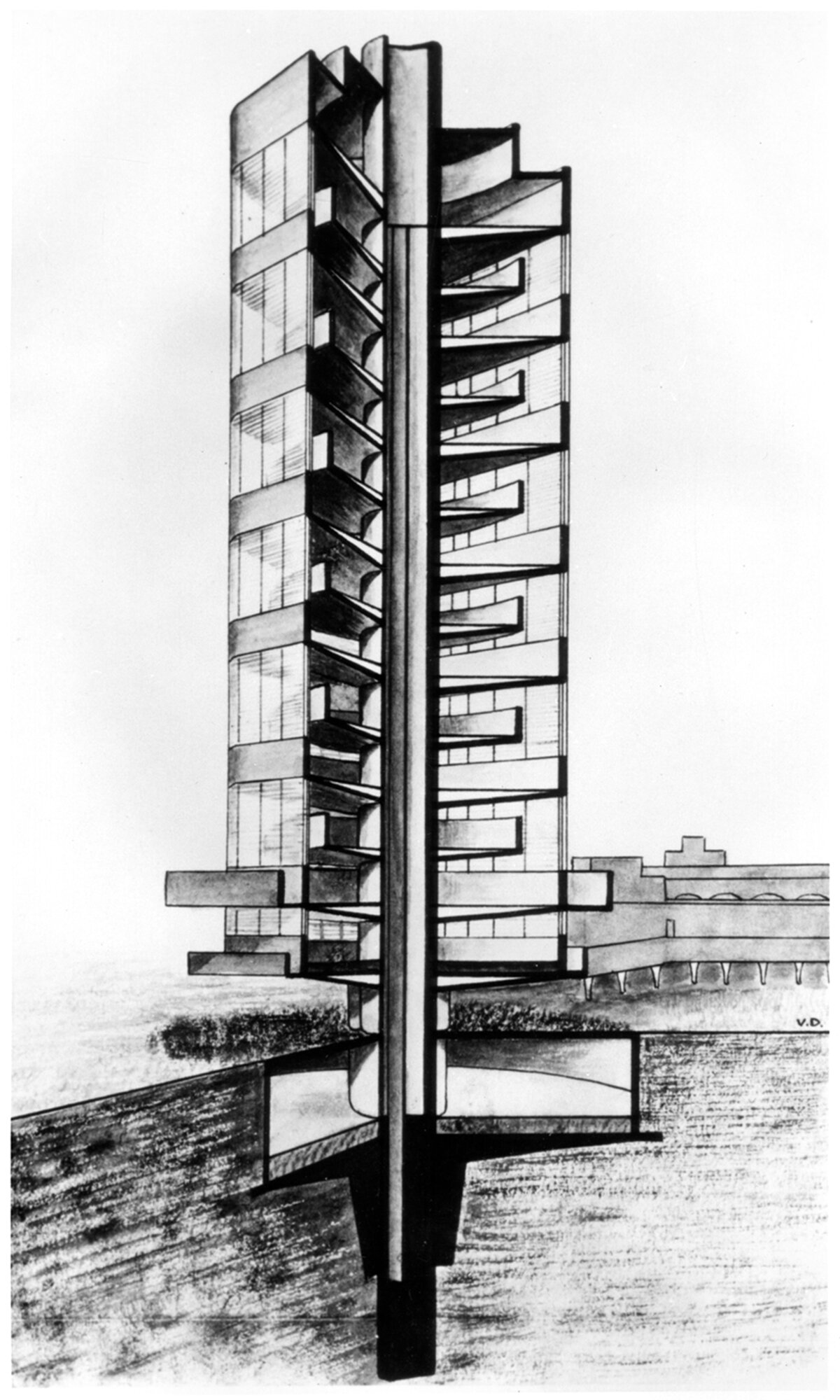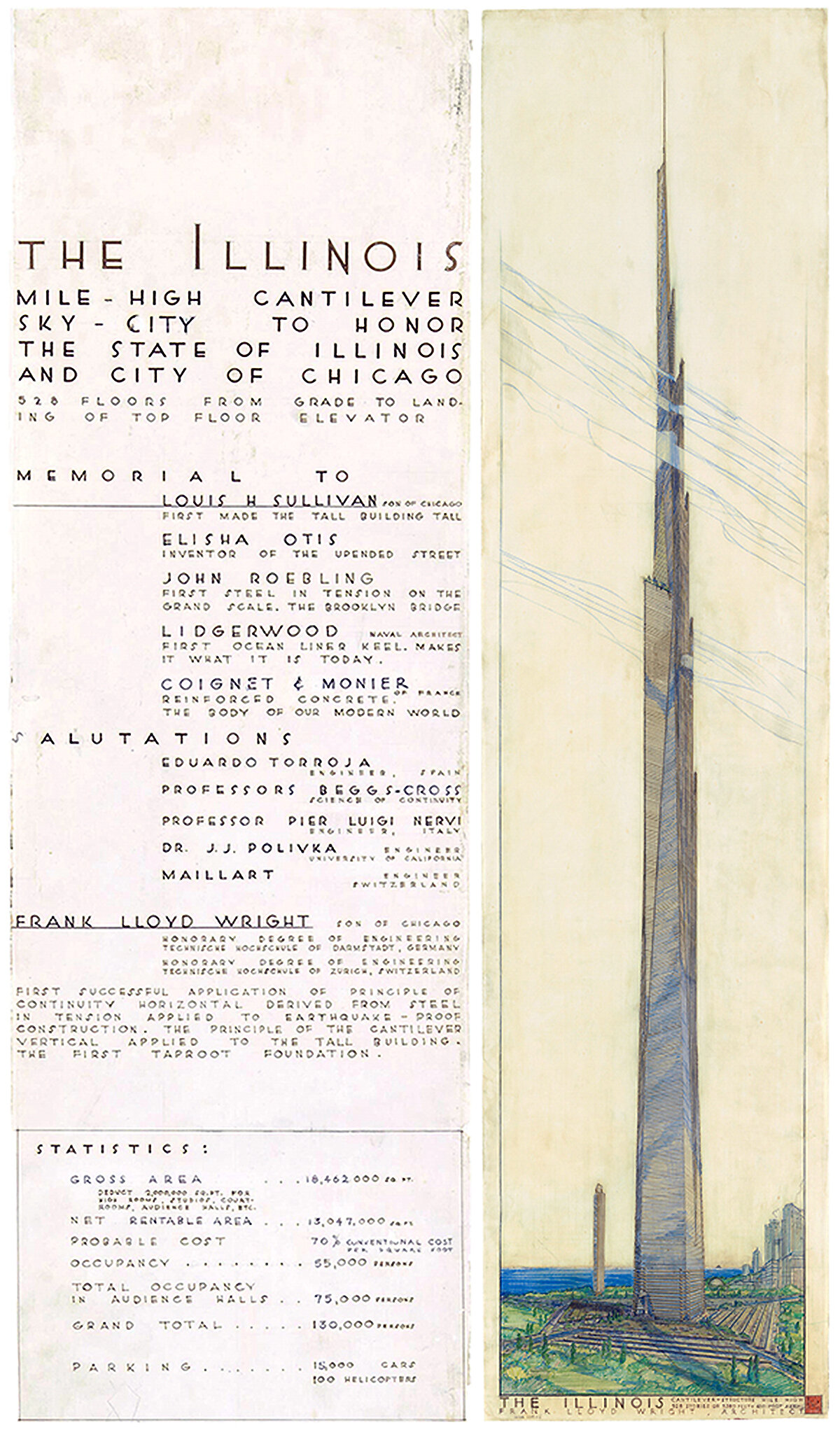Welcome to On Verticality. This blog explores the innate human need to escape the surface of the earth, and our struggles to do so throughout history. If you’re new here, a good place to start is the Theory of Verticality section or the Introduction to Verticality. If you want to receive updates on what’s new with the blog, you can use the Subscribe page to sign up. Thanks for visiting!
Click to filter posts by the three main subjects for the blog : Architecture, Flight and Mountains.

Introduction to Verticality
Ever since humans descended from the trees and out onto the savannah, we’ve gazed upward in wonder at the sky and the stars. Until fairly recently in our history, this space above our heads was a mystery. Our ancestors would witness the diurnal movements of the Sun and the Moon, and the brilliance of a glowing sunrise or sunset. The clouds would drop water and thundering bolts of light and energy. At night, they would witness a spectacular tapestry of light-emitting dots, and connect them into elaborate shapes. The sky has been a continual source of wonder throughout our history, and we’ve spent countless hours thinking about the world we see above our heads.

The Horizontal Layers of a Building Site
I was recently browsing through some old textbooks of mine from architecture school, and I came across this gem of an illustration in a building systems textbook from my undergrad years. This was long before I began forming my theories related to verticality, so I was quite fascinated to see a strong correlation between my definitions of the underground, the surface, and the sky to the subsurface, the surface and the sky layers shown above.

The Tree and the Skyscraper
Pictured above is a cutaway drawing of Frank Lloyd Wright’s SC Johnson Research Tower in Racine, Wisconsin, built in 1936. This little tower is famous for its structure, which functions like a tree. There’s a central trunk, or core, with floors cantilevering off it like branches. This removes the need for any perimeter columns since all the structural loads transfer back to the central core. There’s also the large taproot foundation, as Wright called it. This functions like the roots of a tree, providing stability to the overall form. Wright was well aware of the tree metaphor, and he used it to sell the vision to his client. It wasn’t the first time he tried to make a tower structure function like a tree, but it’s quite possibly the purist example of the metaphor to ever get built.

Frank Lloyd Wright’s Mile High Skyscraper Proposal
Frank Lloyd Wright was an outspoken advocate for low-density cities without skyscrapers. With this in mind, it’s hard to believe the tower design pictured above came from Wright. It’s called The Illinois, and it was planned to be a mile (1,609 meters, or 5,280 feet) in height. That’s more than four times the height of the Empire State Building, and nearly twice the height of the Burj Dubai.

Forests and Verticality
The progression of forest growth over time is based on access to and competition for sunlight. This process is based on Verticality. As a plant grows taller, it casts a shadow on everything below its foliage, hindering the growth of smaller plants below. This process can be found throughout the natural world, and it follows a pattern of regrowth called plant succession.

Terracing and the Green Machine
Making meaningful green spaces in high places
Two things that every human being needs are to escape the surface of the earth through Verticality, and to be around plants and vegetation. Ever since the beginnings of permanent shelter and architecture, humans have been attempting to escape the surface by creating and inhabiting high places. We’ve also been repeatedly trying to recreate the experience of the surface by linking these spaces with greenery.

Verticality, Part III: Inception
Our first act of descension and our first act of ascension
Our species evolved within the context described in Part I, and our physical surroundings would provide the foundation for our struggles with Verticality, as described in Part II. These early struggles would be defined by two acts. The first is an act of descension: we came down from the trees and out onto the savannah to become surface-dwellers. We would still carry much of the baggage from tree-dwelling life with us, however. I’ll henceforth refer to this baggage as our source-code. The second is the shift to bipedalism, resulting in our upright, vertical bodies. Together, these two acts would set the stage for the future and our never ending struggle to escape the earth’s surface.

Verticality, Part II: The Seeds of Verticality
Natural phenomena throughout our context that exhibit verticality
So there we were. Confined to the earth's surface, competing with life around us and existing at the center of our own worlds. As our ancestors evolved in the trees, we didn’t have the means to shape our environment like we do today, so we had to look to the natural landscape of the earth’s surface to satisfy our need for Verticality and exploit them whenever possible. These natural phenomena would define our early relationship and struggles with the surface, the sky, and the underground.
